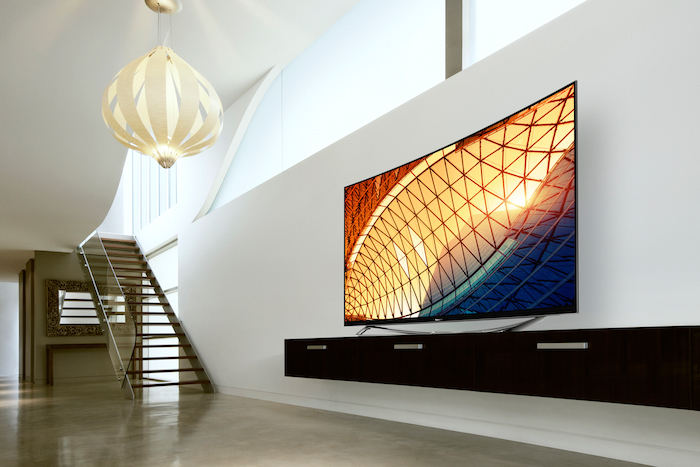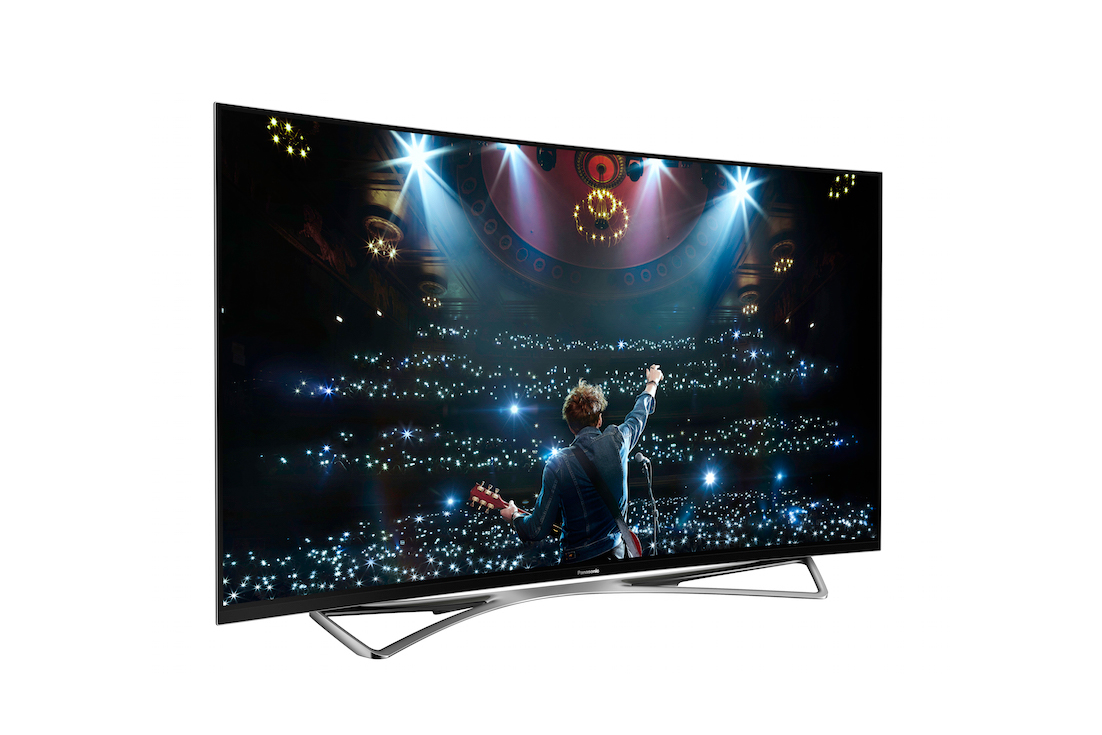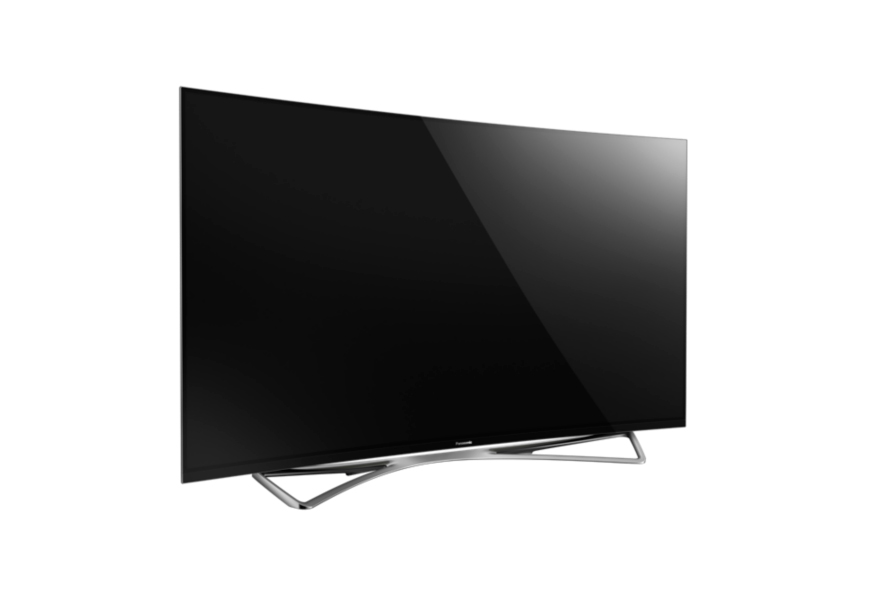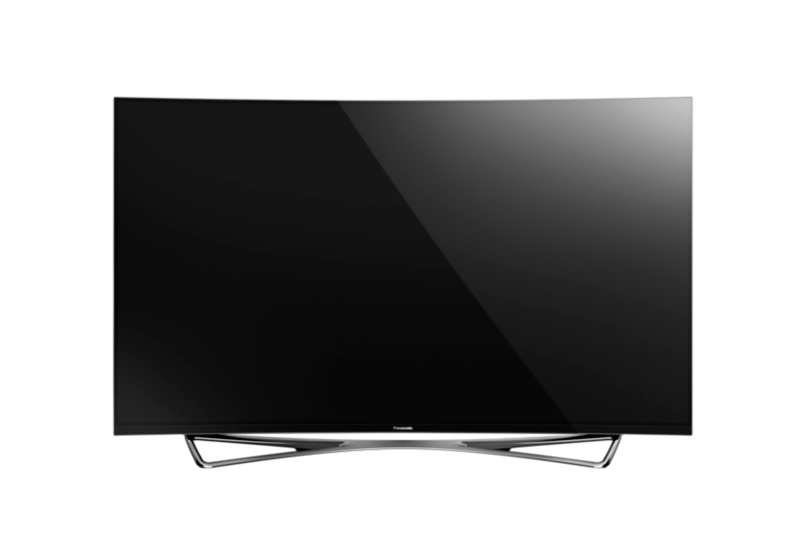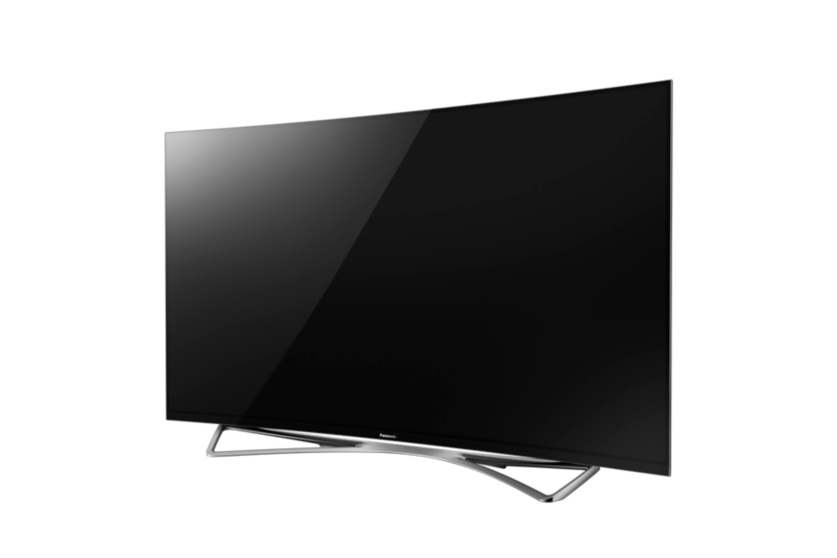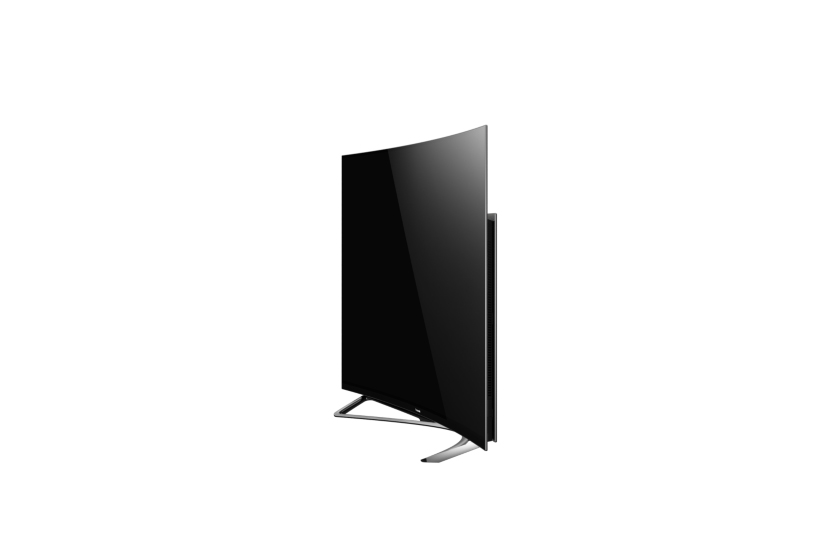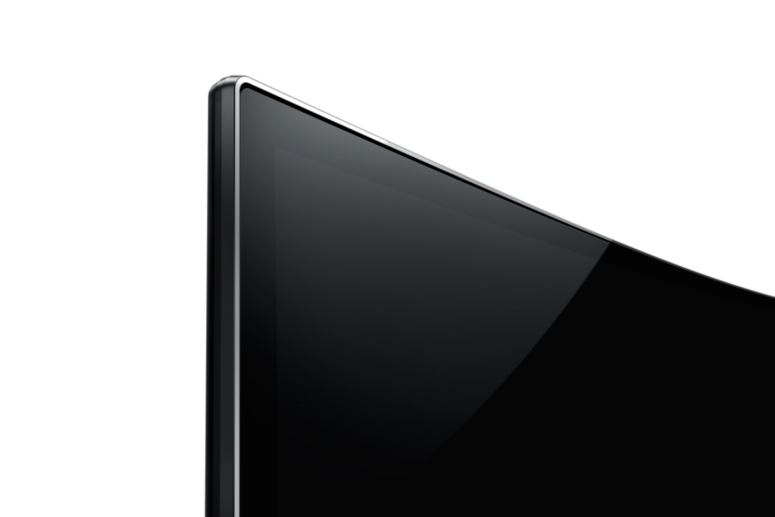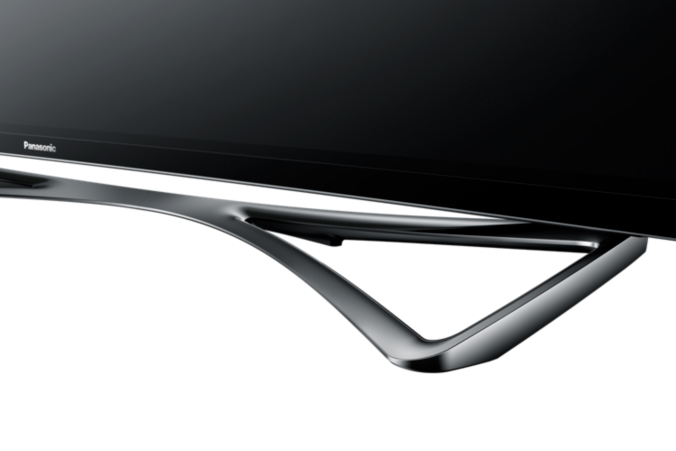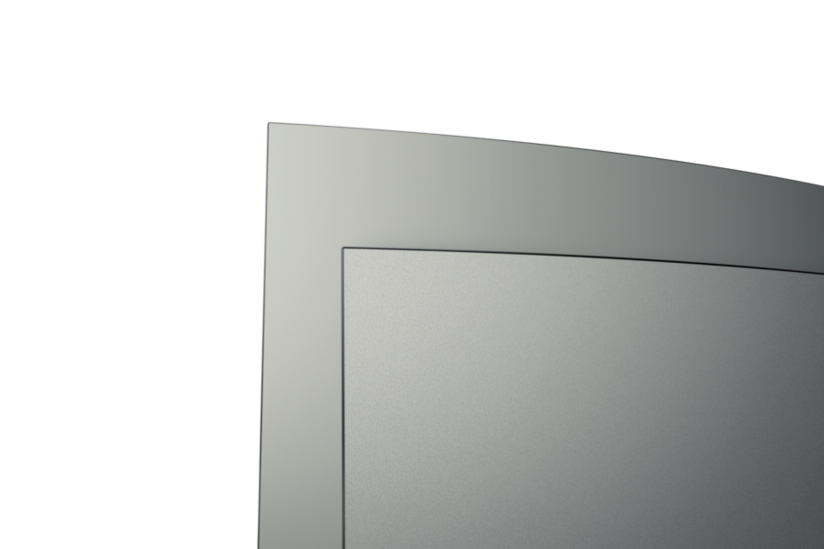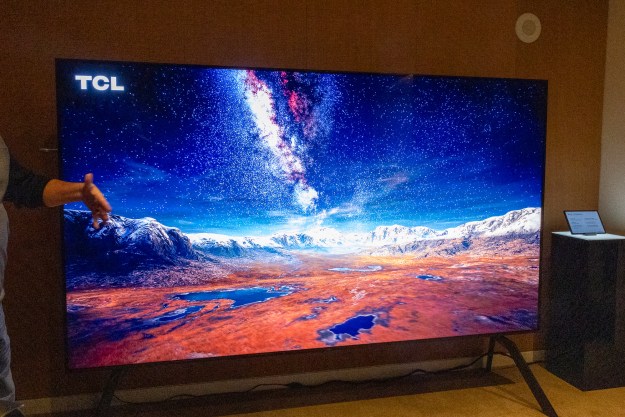LG is no longer a solo player in the OLED TV game. During its press conference at IFA 2015, Panasonic announced the CZ950, a curved 4K UHD OLED TV built around the company’s Studio Master Drive processor. Panasonic says this is the most color-accurate TV it has ever created, and is the first to achieve THX certification. The new display will reportedly hit store shelves in Europe this October.
Panasonic has always been at the forefront of color accuracy — its plasma TVs consistently achieved acclaim as being the best around in this regard, and the Panasonic’s top-of-the-line LED/LCD TVs have carried on that tradition. Now, Panasonic is bringing its expertise to a brand new OLED TV, the CZ950, which the company claims will be the most color-accurate OLED TV on the market.
In addition, the television as already earned THX certification, meaning it stands up to the strict standards that film makers demand. The TV is also fully HDR (high dynamic range) compatible and covers over 90 percent of the DCI color space, bringing at-home movie watching ever closer to the cinema experience.
The tech behind Panasonic’s signature picture quality is its 4K Studio Master Drive processor. The chip analyzes every aspect of sharpness, brightness, and level of color accuracy, frame by frame, many hundreds of times. The chip was already in solid shape, but for this new OLED TV, Panasonic brought in Mike Sowa, a professional Hollyw0od colorist who has worked on blockbuster movies like Oblivion and Insurgent for over 30 years. As part of the collaboration, Sowa sat down with Panasonic engineers and rigorously tested Panasonic’s prototype OLED TVs. During the process, Sowa identified even the smallest deviations from his ideal performance standard, retested the reworked prototypes, and repeated the process until Panasonic achieved what he calls “the best display he has ever worked with.”
The CZ950’s outstanding color accuracy is not all that makes this TV such a game-changer, though. The fact that LG — which has been the only TV manufacturer to offer a consumer-level OLED TV for three years — is no longer alone in the market means that competition will alter the OLED landscape dramatically in the coming years. Competition has a way of driving prices down and broadening the number of available model options, so this could be a big step toward truly affordable 4K UHD OLED TVs.
Editors' Recommendations
- What we want to see from the next Apple TV 4K
- Samsung’s new 98-inch DU9000 4K TV is just $4,000. Can it beat TCL and Hisense?
- Vizio’s first 86-inch 4K TV is coming soon, for $999
- Belkin drops a $50 mount for iPhone video calls on Apple TV 4K
- If you don’t see CBS in 4K on YouTube TV, try this

